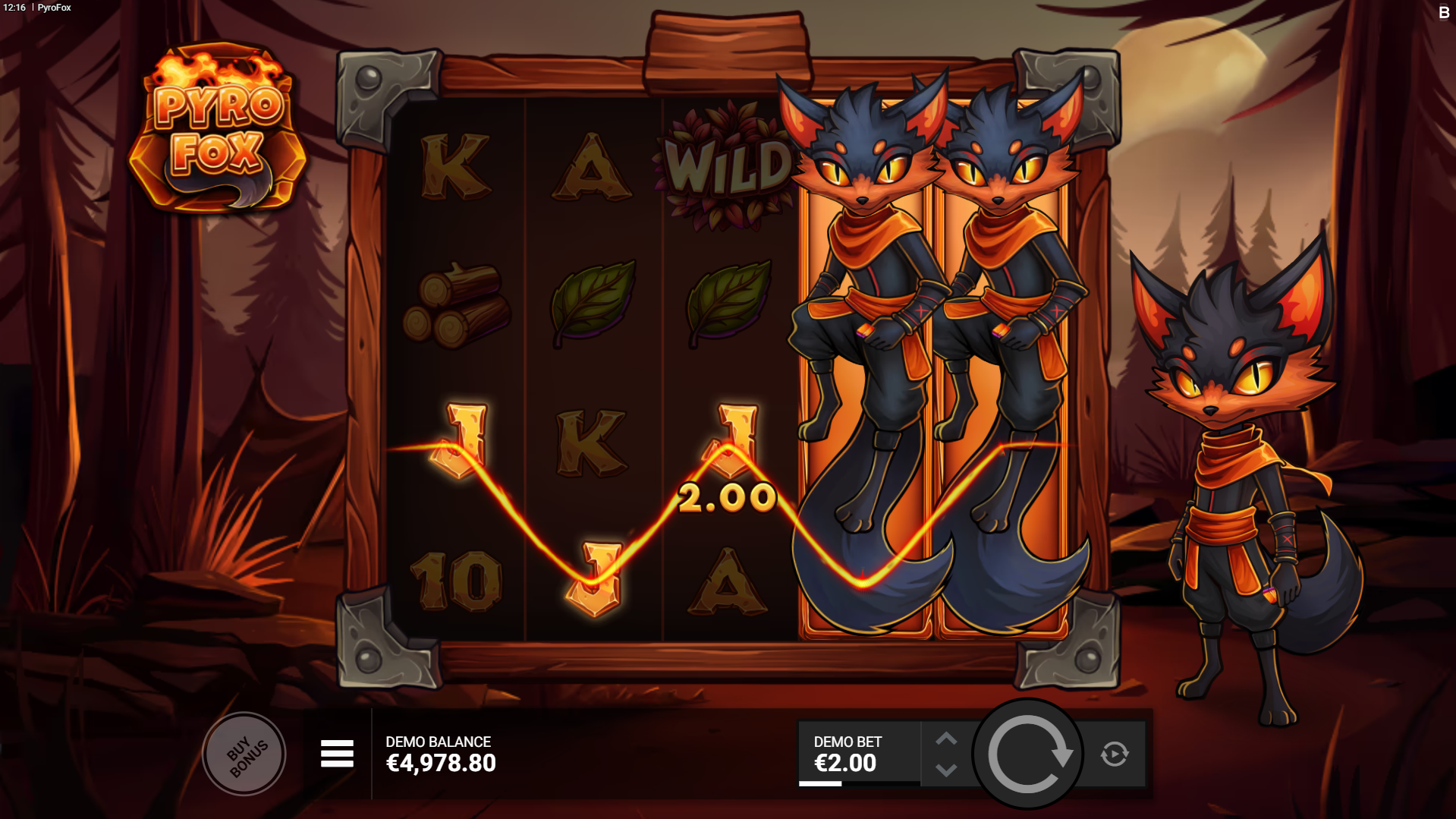
The world of rabbits is an enchanting place filled with fluffy tails, twitching noses, and captivating personalities. In this comprehensive guide, we will explore everything you need to know about rabbits, from their intricacies in the wild to their roles as beloved pets. This article, titled “Rabbit Bonanza,” aims to provide a deep dive into the fascinating realm of these gentle creatures. Whether you’re considering adopting a rabbit or are simply curious about their lifestyles, this guide will illuminate every corner of the rabbit kingdom game bai doi thuong.
Introduction to the World of Rabbit Bonanza
Rabbit Bonanza have captivated human hearts for centuries, not only as pets but also as symbols in various cultures and ecologies. They hold a special place within ecosystems, contribute significantly to biodiversity, and have even found their way into folklore and art new88.
As we embark on this journey through the world of rabbits, we will first delve into understanding different rabbit species and the vital roles they play in the environment. Next, we’ll examine their growing popularity as pets and show animals, shedding light on why they make such excellent companions.
Understanding Rabbit Species
Rabbits belong to the family Leporidae, which encompasses over 30 species across various habitats, from forests to grasslands. Notable species include the European rabbit, the North American cottontail, and the domesticated breeds that populate homes worldwide. Each species exhibits unique characteristics, making them intriguing subjects for study.
Domesticated rabbits, specifically, have diverged significantly in appearance and temperament from their wild counterparts. With distinct breeds such as the Holland Lop, Netherland Dwarf, and Rex, pet owners can choose from a wide array of sizes, colors, and fur types. Each breed has its own personality traits; for example, some may be more adventurous, while others prefer a calm and quiet lifestyle.
In addition to breed differences, rabbits demonstrate various adaptations based on their habitat. Wild rabbits, for example, have developed strong hind legs for quick escapes from predators. Conversely, domestic rabbits are often bred for specific qualities, such as gentle temperaments or aesthetic appeal.
The Role of Rabbits in Ecosystems
Rabbits play a crucial role in maintaining ecological balance. As herbivores, they consume grasses, leafy plants, and vegetables, which helps control plant growth and contributes to a healthy ecosystem. Their grazing behavior promotes new plant growth, allowing for diverse flora to thrive.
Moreover, rabbits serve as prey for numerous predators, including foxes, hawks, and snakes, thus forming an integral part of the food chain. This interconnectedness highlights the importance of rabbits in sustaining biodiversity. Unfortunately, habitat destruction and hunting have led to declining populations for certain species, emphasizing the need for conservation efforts.
Popularity as Pets and Show Animals
In recent years, the popularity of Rabbit Bonanza as pets has soared, with many individuals drawn to their playful nature and charming personalities. These adorable creatures possess a wide range of behaviors, from binkies (joyful jumps) to litter box training, making them delightful companions.
Their small size and relatively low maintenance requirements compared to dogs or cats further enhance their appeal. Additionally, the rise of rabbit shows has allowed enthusiasts to showcase their prized breeds, creating a vibrant community of rabbit lovers who appreciate the beauty and uniqueness of these animals.





